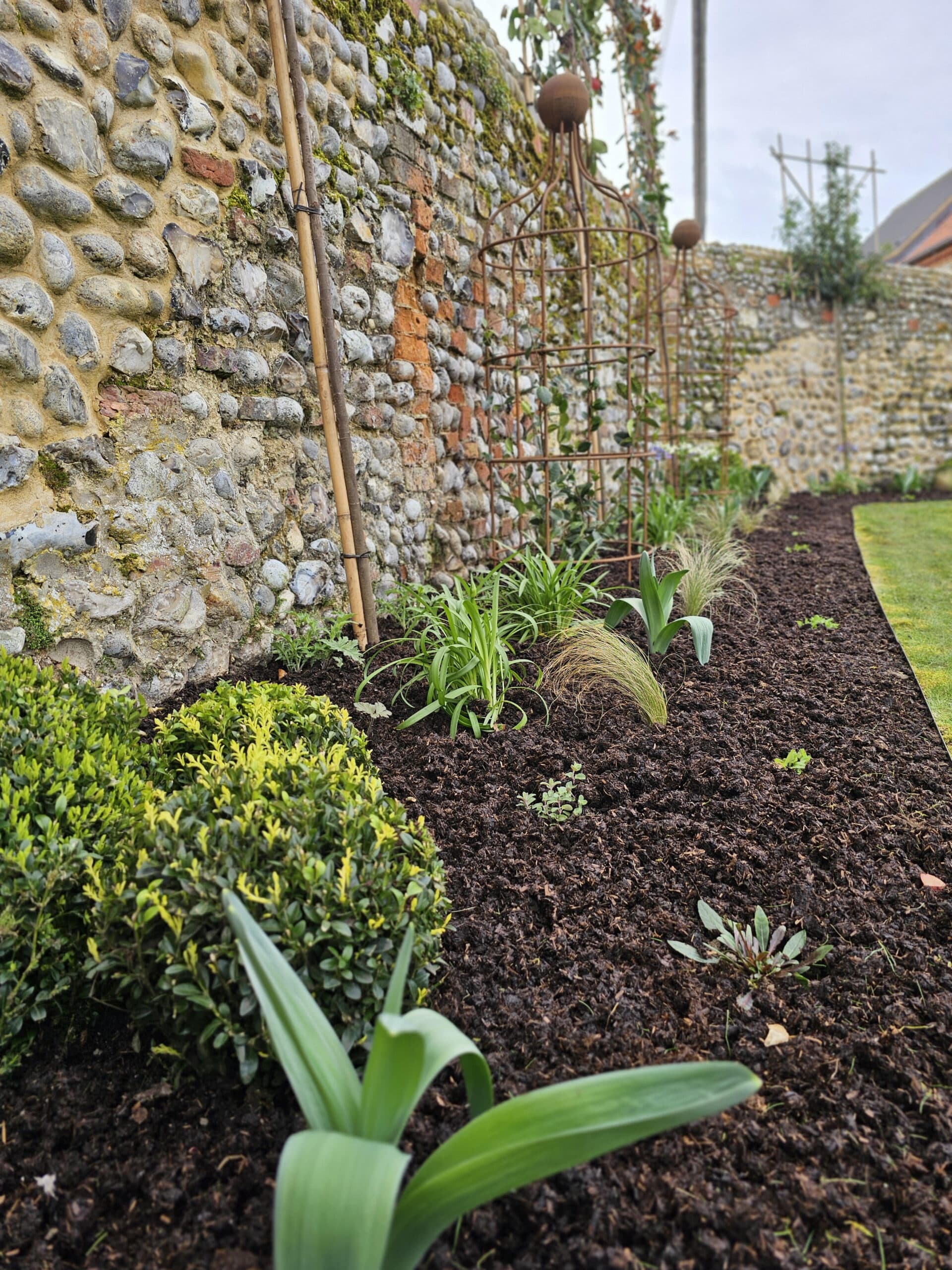
What are the benefits of Mulching in Autumn?
Mulching or topdressing is needed for a number of reasons as it is beneficial for your plants, the soil and the environment. Having organic material
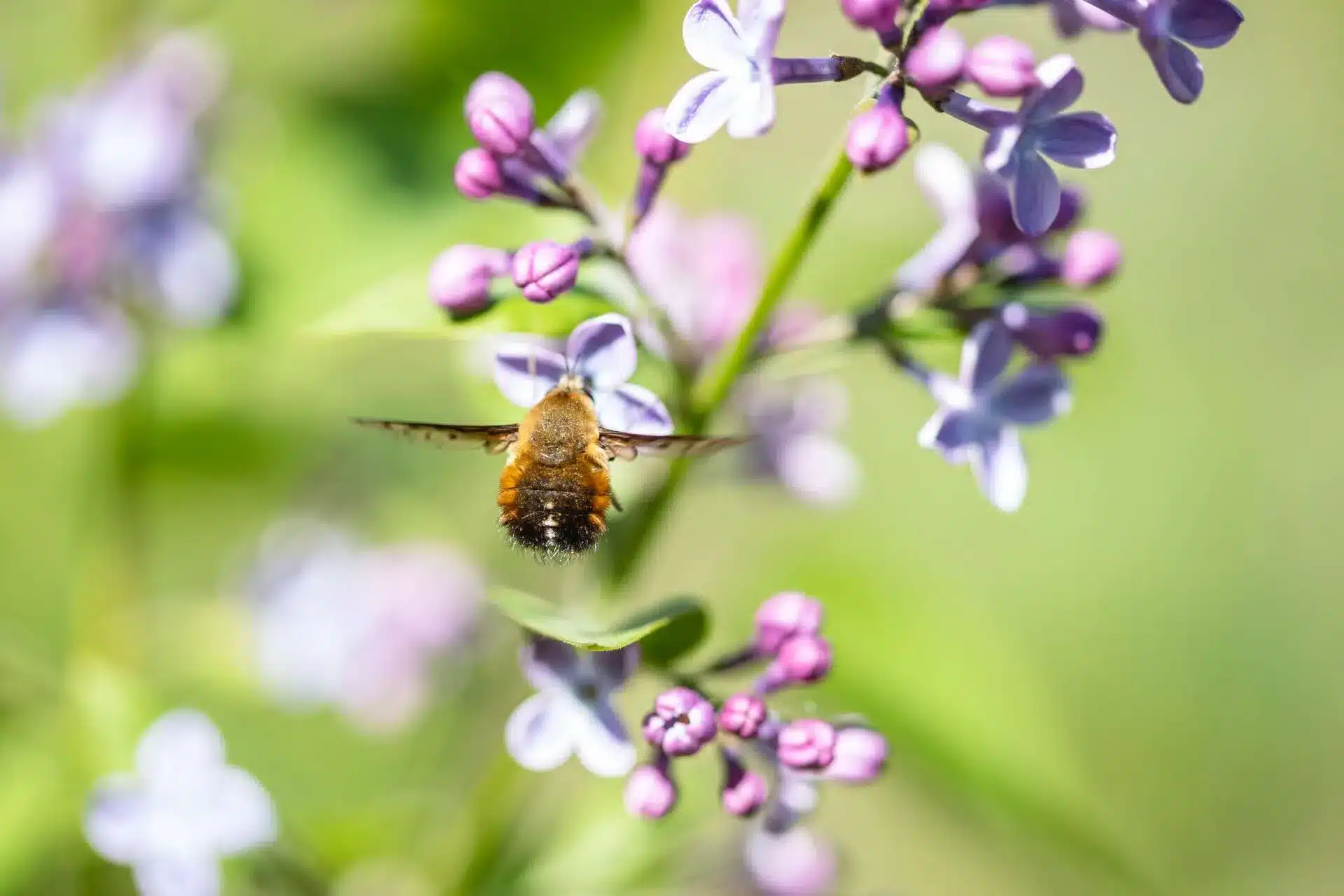
10 ways to turn your back garden into an idyllic wildlife paradise
Ten simple steps to transform your garden into an irresistible natural habitat for birds, bees, butterflies and all manner of wildlife.
1. Build a shelter Offer shelter for birds to nest, or somewhere they can fly to, to stay safe. Depending on the size of your outdoor space this could be in trees or tall shrubs. Bird boxes and feeders will help attract wildlife to your garden during the winter months when food is in short supply.
2. Grow a meadow or wildflower area Wildflower seeds are easy to buy and a good choice for beginner gardeners. They require little maintenance and work well in any sized garden. Sunflowers, lavender, wisteria and dahlias are all good pollinating plants and are great for attracting bees and butterflies.
3. Use an organic fertiliser Using fertiliser in your garden is a good way to encourage plant growth and maintain healthy soil – both of which are important for attracting wildlife. It’s better to use organic matter, such as PlantGrow fertiliser, which is environmentally friendly, produced sustainably and contains no harmful or toxic chemicals dangerous to wildlife or animals. It’s not always easy to know which products are best for your garden, which is why we recommend always reading the label and speaking to a specialist if you’re not sure.
4. Avoid cutting your perennials Avoid trimming perennial plants like coneflowers, peonies or primroses. Leaving just one of your borders untouched and allowing the seed heads to grow can provide food for insects and small mammals. Don’t sweep away the fallen stems – these can be used as a shelter by amphibians and insects.
5. Fix a trellis or climber to your fence Buy a trellis or screw wires onto your fence to encourage foliage to grow up along the panels. It’s a great way to add decoration to your garden and disguise worn fences. Insects and birds will use the added height to build nests.
6. Plant native flowers and trees You’re more likely to entice garden visitors if you grow plants or trees that they’ve adapted to. Look online to find out what grows in your region. Take a walk around the area and snap pictures of the hedgerows. You can use apps and image searches to tell you exactly what type of flower it is.
7. Avoid using slug pellets Avoid using slug pellets if you want to attract wildlife into your garden. Chemical slug pellets are detrimental for wildlife. PlantGrow’s organic Slug and Snail barrier is non-toxic and uses 100% natural ingredients. It will help keep your plants safe without damaging the food source that many other animals find beneficial.
8. Add some potted plants to your urban garden Use pots to grow wildflowers, sunflowers and dahlias. They don’t take up much space and will allow you to create an idyllic wildlife haven even in an urban setting.
9. Dig a pond This is one of the best ways to attract wildlife to your garden and is easier to build than you may think. Dig your own or use an old bathtub or large pot to create your pond. Fill it using collected rainwater or a hose. Introduce plant life, then watch and wait as the wildlife comes to gather. Many birds of prey, frogs and hedgehogs will use the pond as a source of water, and it will attract dragonflies and other pond life to set up home.
10. Condition your soil Use this time to prepare your soil and get it ready for spring. Our soil conditioning natural fertiliser will replenish your soil’s nutrients, improve its fertility and make it more water-resistant – helping your new wildlife garden to flourish.
For more help building and caring for your wildlife garden call us on 01953 525001 or email info@plantgrow.co.uk. For more garden tips and ideas follow us on Facebook or Instagram @plantgrowuk.

Mulching or topdressing is needed for a number of reasons as it is beneficial for your plants, the soil and the environment. Having organic material
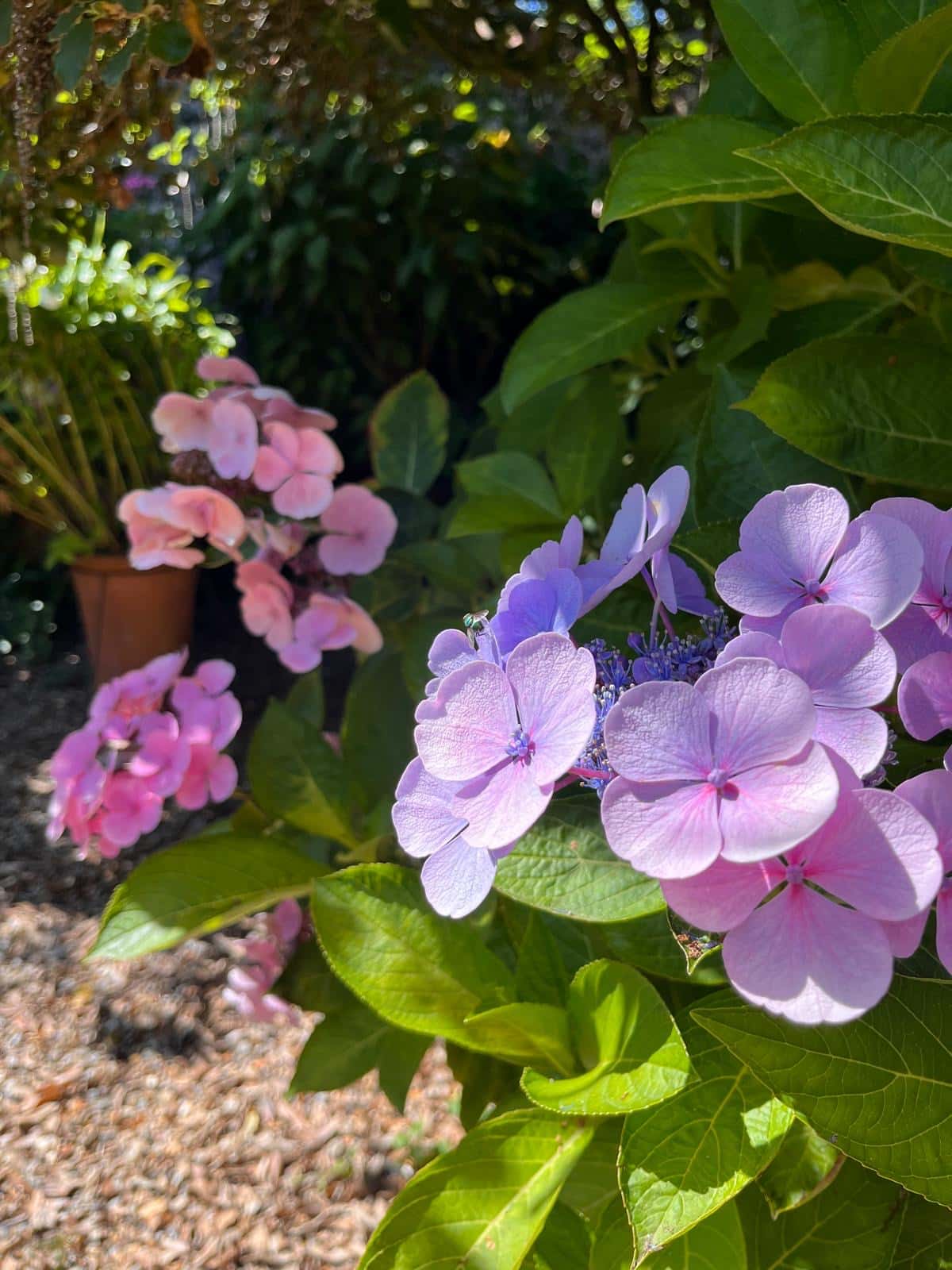
When Spring arrives, our home gardens begin to come alive again as the bleak months of winter end, temperatures rise and the hours of daylight

Our new Champions will be flying the flag for PlantGrow this year and all things natural. We have selected a varied group of individuals from
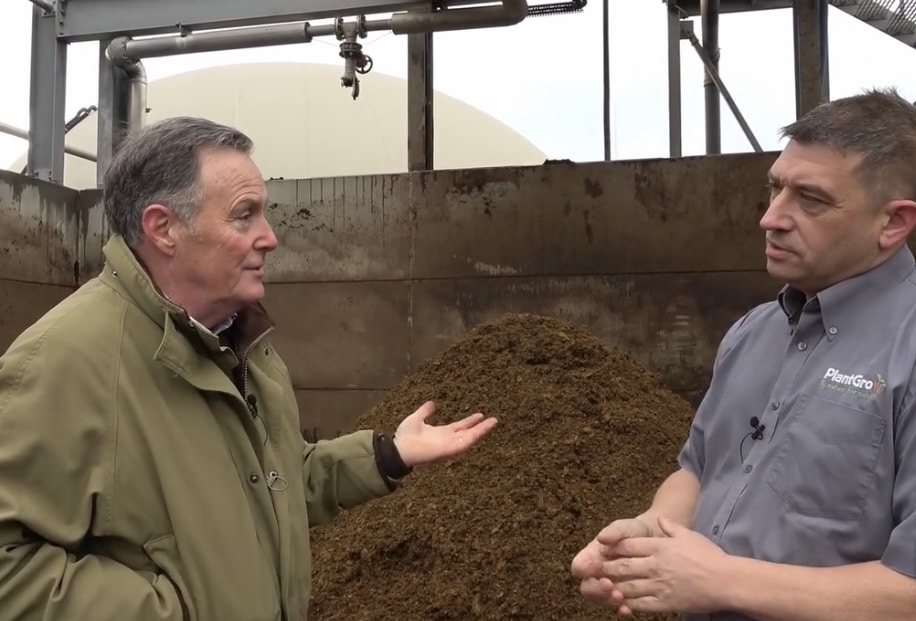
2025 is promising to be a busy year once again for us at PlantGrow with new brand ambassadors and a new list of ‘Champions’ who
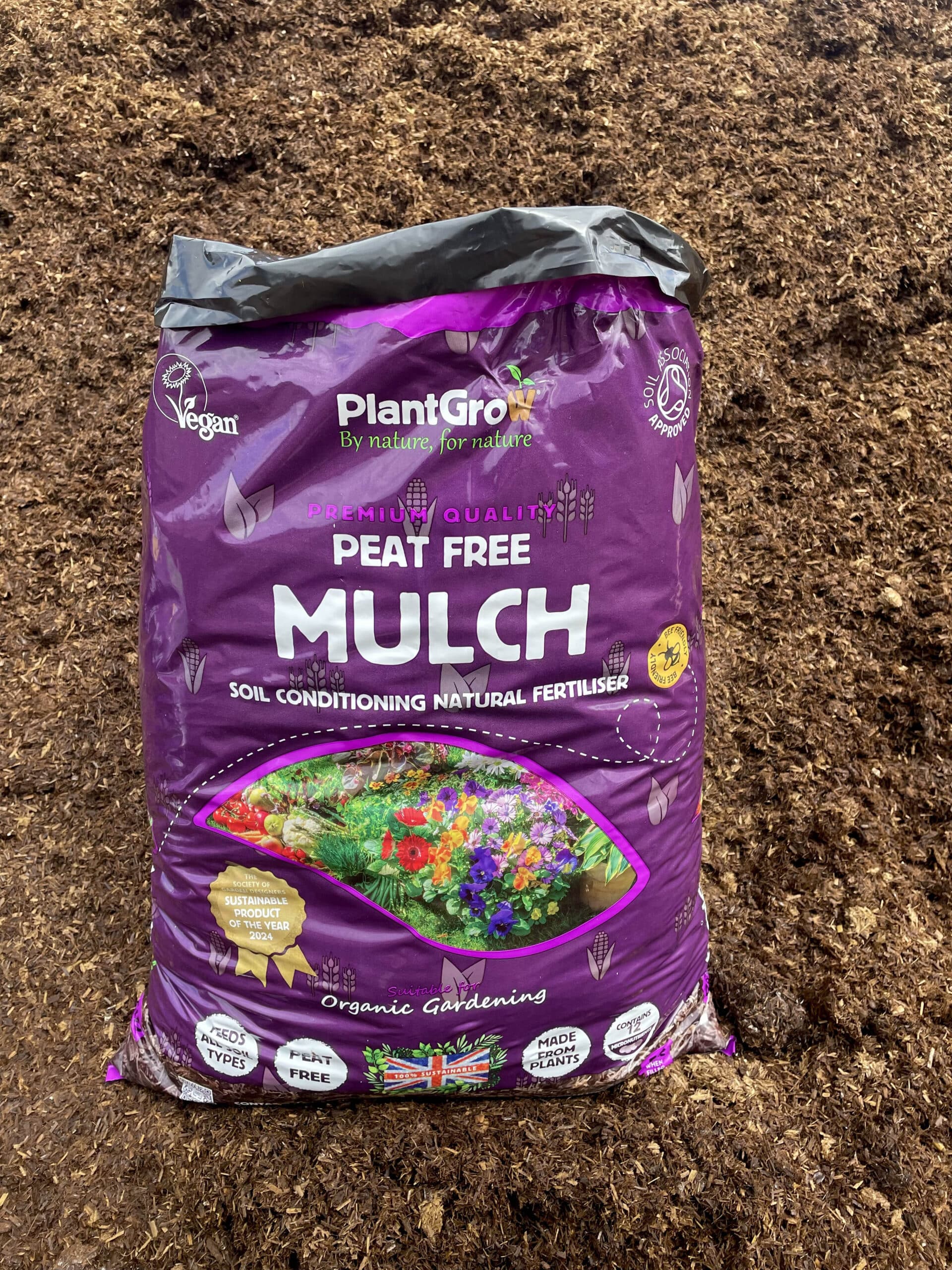
November 2024 Award-winning & market leading PlantGrow Organic Mulch will soon be available in 50-litre size bags for garden centres. Their signature natural fertiliser product
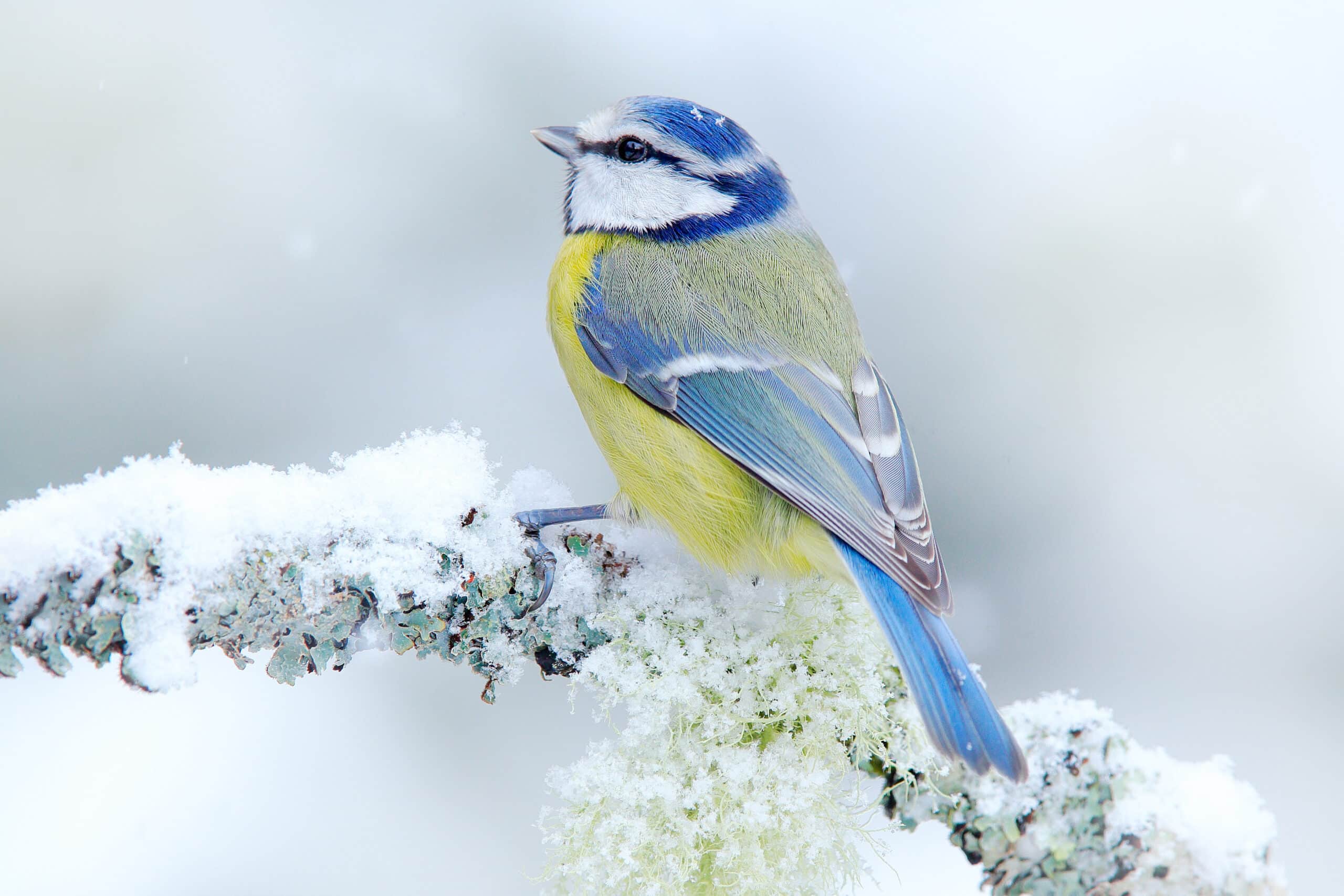
Late Autumn and the onset of Winter will trigger a notable change to the abundance, behaviour and physical state of life within our gardens. With
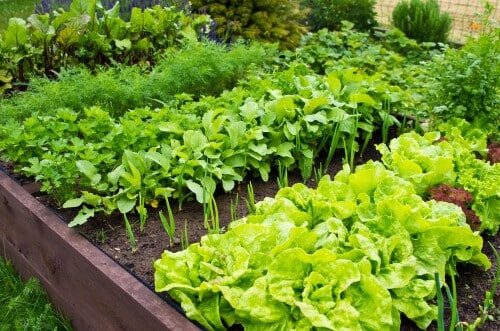
Why do you need to add PlantGrow mulch this Autumn? Mulching or topdressing is needed for a number of reasons as it is beneficial for
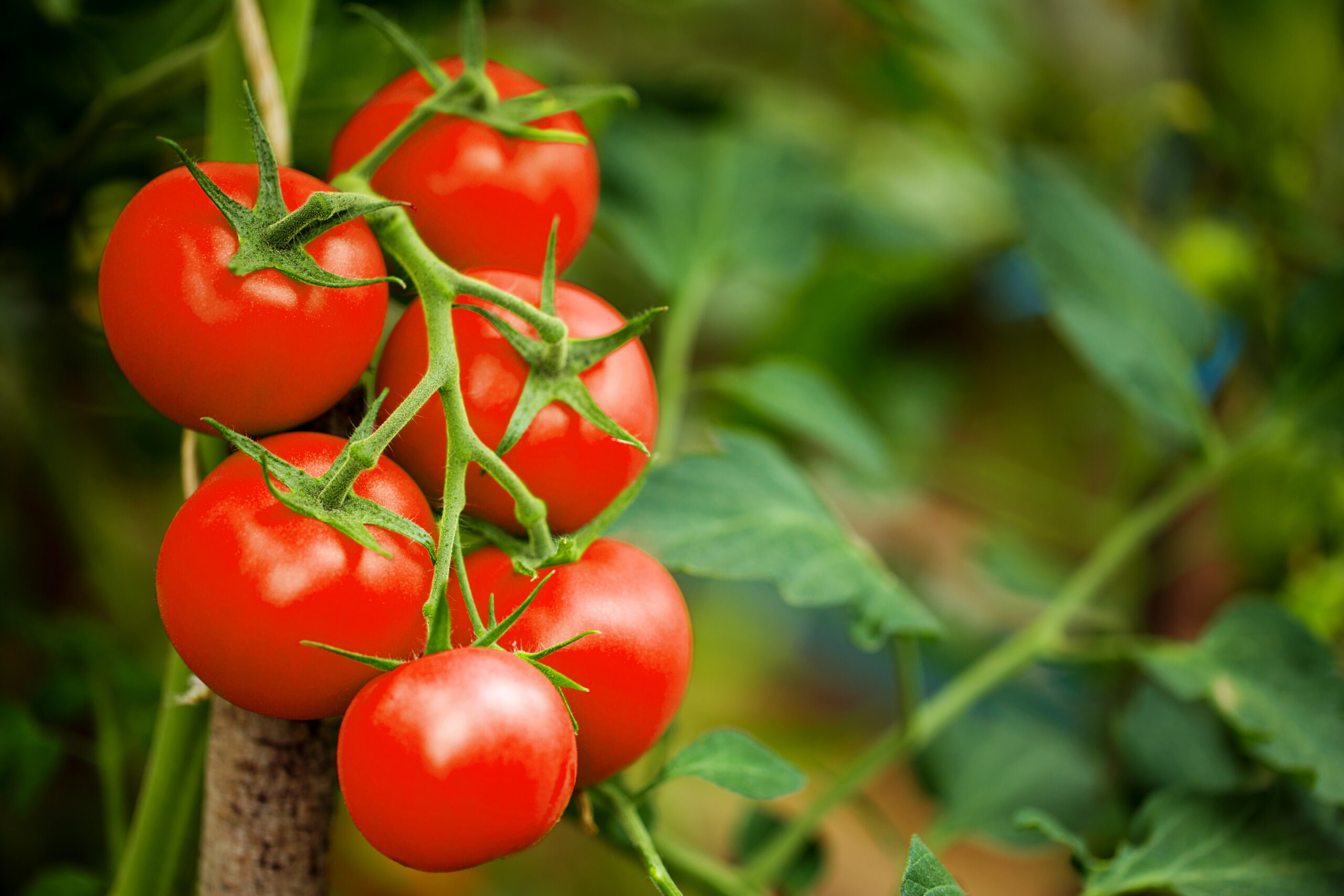
Q: Why should I use fertiliser on my fruits and vegetables? To help you get the most from your garden. Fertilisers supply your plants with

Meet our 2024 PlantGrow Champions PlantGrow Champions are a select group of Instagram growers who use PlantGrow in their gardens. Each one was individually chosen for
| Cookie | Duration | Description |
|---|---|---|
| _savt | 3 years | This cookie is set by Square for payment processing. |
| cookielawinfo-checkbox-advertisement | 1 year | Set by the GDPR Cookie Consent plugin, this cookie is used to record the user consent for the cookies in the "Advertisement" category . |
| cookielawinfo-checkbox-analytics | 11 months | This cookie is set by GDPR Cookie Consent plugin. The cookie is used to store the user consent for the cookies in the category "Analytics". |
| cookielawinfo-checkbox-functional | 11 months | The cookie is set by GDPR cookie consent to record the user consent for the cookies in the category "Functional". |
| cookielawinfo-checkbox-necessary | 11 months | This cookie is set by GDPR Cookie Consent plugin. The cookies is used to store the user consent for the cookies in the category "Necessary". |
| cookielawinfo-checkbox-others | 11 months | This cookie is set by GDPR Cookie Consent plugin. The cookie is used to store the user consent for the cookies in the category "Other. |
| cookielawinfo-checkbox-performance | 11 months | This cookie is set by GDPR Cookie Consent plugin. The cookie is used to store the user consent for the cookies in the category "Performance". |
| CookieLawInfoConsent | 1 year | Records the default button state of the corresponding category & the status of CCPA. It works only in coordination with the primary cookie. |
| elementor | never | This cookie is used by the website's WordPress theme. It allows the website owner to implement or change the website's content in real-time. |
| viewed_cookie_policy | 11 months | The cookie is set by the GDPR Cookie Consent plugin and is used to store whether or not user has consented to the use of cookies. It does not store any personal data. |
| Cookie | Duration | Description |
|---|---|---|
| _GRECAPTCHA | Session | Spam prevention |
| _hjSession_* | 30 Minutes | A cookie that holds the current session data. This ensures that subsequent requests within the session window will be attributed to the same Hotjar session. |
| Woocommerce_cart_hash | 1 Day | To store items in cart |
| Woocommerce_items_in_cart | Session | Store items in cart. |
| Wordpress_logged_in_ | Session | WordPress |
| Wordpress_sec_* | 15 Days | To provide protection against hackers, store account details. |
| Wp_woocommerce_session_* | Session | Store performed actions. |
| Cookie | Duration | Description |
|---|---|---|
| _hjAbsoluteSessionInProgress | 30 Minutes | Hotjar sets this cookie to detect the first pageview session of a user. This is a True/False flag set by the cookie. |
| _hjAbsoluteSessionInProgress | 30 Minutes | Hotjar sets this cookie to detect the first pageview session of a user. This is a True/False flag set by the cookie. |
| _hjSessionUser_* | 1 Year | Hotjar cookie that is set when a user first lands on a page with the Hotjar script. It is used to persist the Hotjar User ID, unique to that site on the browser. This ensures that behavior in subsequent visits to the same site will be attributed to the same user ID |
| CONSENT | 2 years | YouTube sets this cookie via embedded youtube-videos and registers anonymous statistical data. |
| Cookie | Duration | Description |
|---|---|---|
| VISITOR_INFO1_LIVE | 5 months 27 days | A cookie set by YouTube to measure bandwidth that determines whether the user gets the new or old player interface. |
| YSC | session | YSC cookie is set by Youtube and is used to track the views of embedded videos on Youtube pages. |
| yt-remote-connected-devices | never | YouTube sets this cookie to store the video preferences of the user using embedded YouTube video. |
| yt-remote-device-id | never | YouTube sets this cookie to store the video preferences of the user using embedded YouTube video. |
| Cookie | Duration | Description |
|---|---|---|
| cookielawinfo-checkbox-tracking | 1 year | No description |
Parcel deliveries
We aim to deliver all parcels within 2-4 working days from dispatch, order before 12:00pm for same day dispatch.
Pallet deliveries
We aim to deliver all pallets within 2-5 working days from dispatch, order before 12:00pm for same day dispatch.
If you require further information regarding your delivery, please email daniel@plantgrow.co.uk
